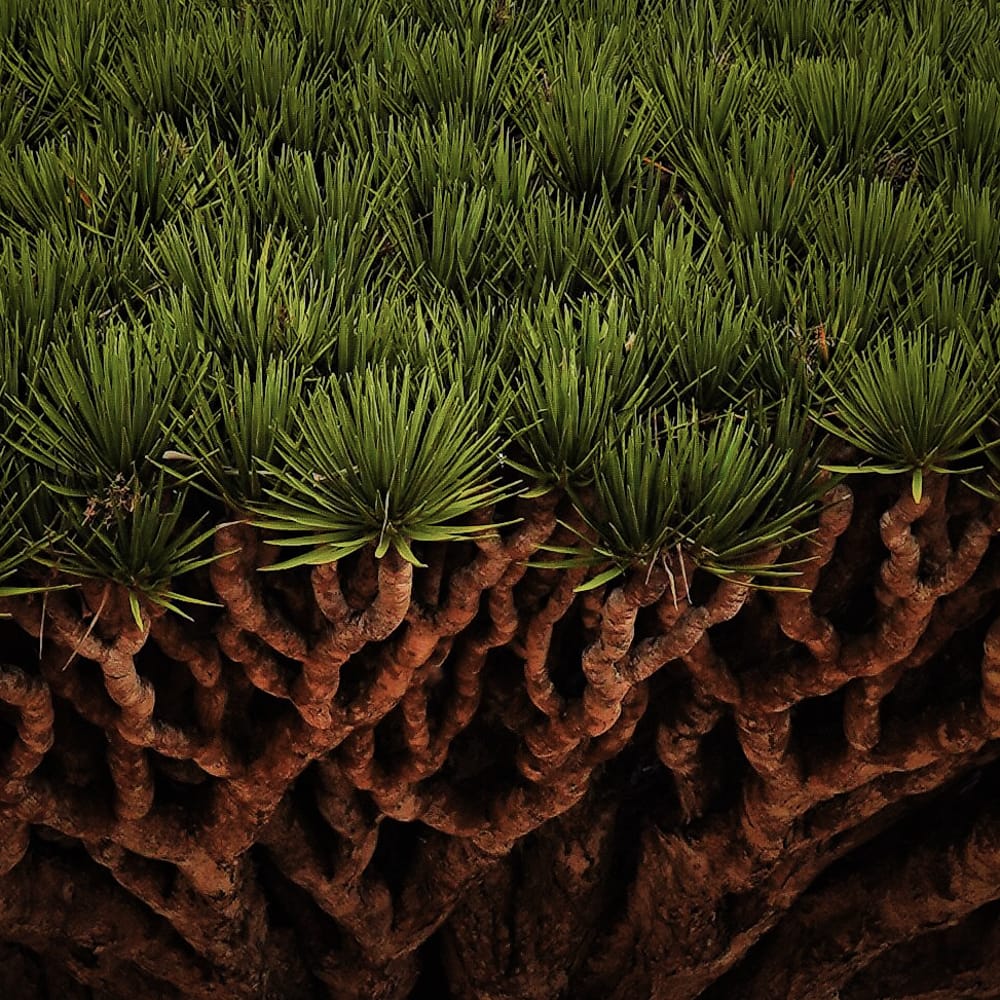
Dec 13 2024
Socotra Dragon Tree: Nature’s Umbrella
Rising from the rocky landscapes of Socotra, an isolated island in the Arabian Sea, the Socotra dragon tree (Dracaena cinnabari) is a botanical wonder.
The tree’s iconic shape is an adaptation to its harsh environment. The umbrella-like canopy minimizes water loss by providing shade to the tree’s roots and the soil below. This structure also helps the tree capture moisture from the island’s occasional fogs, funneling it toward its trunk and root system. These adaptations allow the dragon tree to thrive in Socotra’s arid, rocky terrain, where rainfall is sparse, and temperatures can be extreme.
The tree’s name derives from its crimson sap, known as "dragon’s blood." This resin has been highly valued throughout history for its medicinal, cosmetic, and ritualistic properties. Ancient civilizations, including the Greeks and Romans, prized dragon’s blood as a dye, incense, and healing balm for wounds and infections. Local traditions still regard it as a cure-all, blending its ancient mystique with modern uses.

Socotra’s dragon tree is a keystone species in the island’s unique ecosystem, providing a habitat for various plants, animals, and insects found nowhere else on Earth. Its umbrella-shaped canopy offers shade and protection to smaller species, while its resin and fallen leaves contribute to the nutrient cycle of the sparse soil.
The Socotra dragon tree faces numerous threats, including climate change, overgrazing by livestock, and habitat loss. These challenges have led to a decline in the tree’s population, prompting conservation efforts to protect this iconic species. Local and international organizations are working to restore its habitat, ensuring that future generations can continue to marvel at its beauty.
Standing against the stark backdrop of Socotra’s rugged terrain, it reminds us of the intricate connections between life and environment, urging us to protect the wonders that make our planet unique.
Learn more at UNESCO